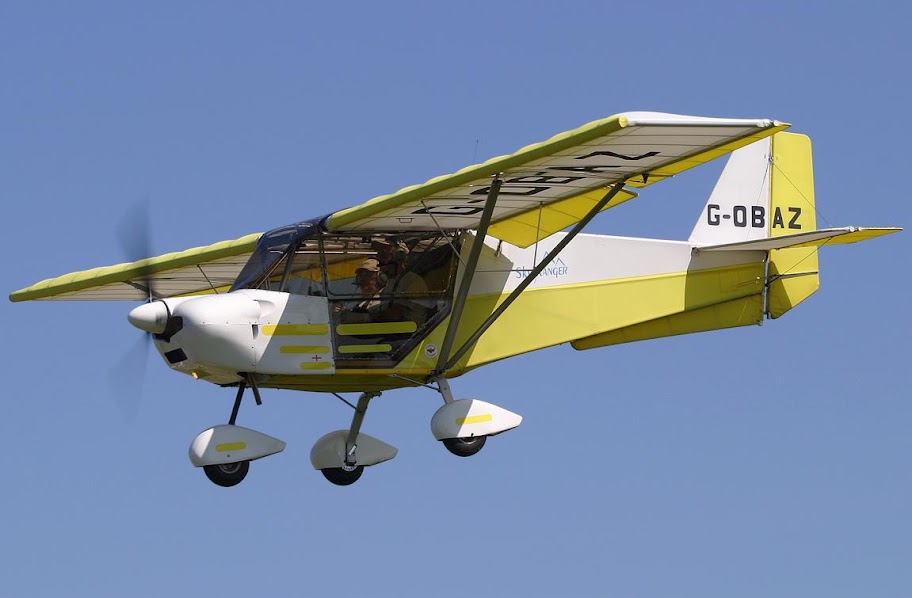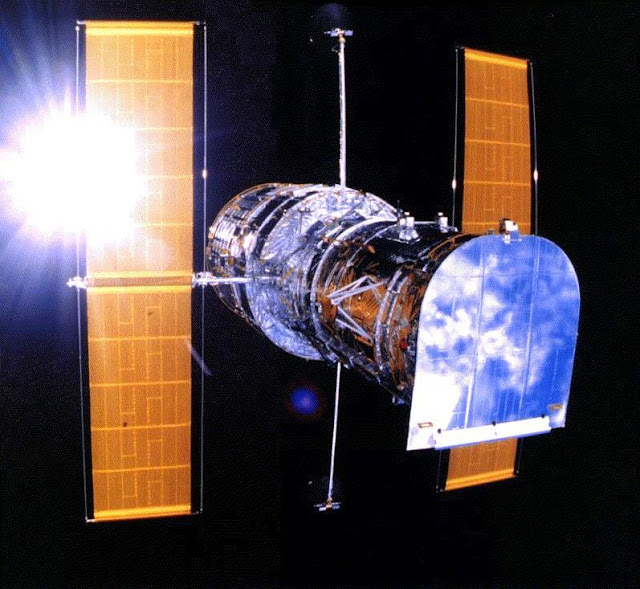Miss D. and I had a quiet, laid-back sort of day after the fun and excitement of the past two days with the
Alamo Liaison Squadron.
We didn't leave the hotel until late morning. After all, we'd been running hard for two days, and Sundays are for resting! I had a lot of fun with a two-year-old
Pyrenean Mountain Dog in the parking lot of the hotel. His owners had tied him to the fence overnight, as he couldn't be admitted to the hotel, but of course, for a breed like that, that was no hardship. He perked up when I came out bearing my breakfast of bagels spread with cream cheese, topped with chopped hard-boiled eggs, and
begged insisted on sharing it with me. (He ended up with all of it - I went back for more!) The fun part was, he deliberately left a chunk of bagel (after licking the cream cheese off it), and carefully positioned it before lying down a few feet away. The
Great-Tailed Grackles (of whom there are dozens nearby) immediately lined up along the fence to fly down and eat it - whereupon he'd jump at them, growling loudly, and they'd fly back up to the fence with squawks of furious frustration. He kept at it for at least half an hour, having a wonderful time playing with the birds. Who says dogs don't have a sense of humor?
I tried to get to
Market Square with Miss D., but the thousands of people and hundreds of cars in the area soon convinced us that we wanted to be elsewhere, ASAP! Instead, we spent the afternoon following the Mission Trail to each of the
San Antonio Spanish missions. The only one we omitted was
the Alamo, which was in the middle of town, where all the people were. Not a good idea for a quick visit! Here's the
Mission Concepción, to give you a small taste of what we saw.

From there, we tried to find the
Botanical Garden, but got horribly lost in a maze of badly-signposted streets in and around the
Zoo. We eventually gave up, and spent a short while in the
Japanese Tea Gardens instead, which was very interesting. By now it was well after four, and we hadn't eaten since breakfast at the hotel: so we decided on an early supper, and by mutual consent headed back to the
Barn Door, where we'd eaten yesterday. Another wonderful meal ensued . . . chicken-fried chicken, a Texas-size New York strip, fried mushrooms with gravy, fried onions (thin-sliced, juicy and tender - lovely!), chocolate cream pie for Miss D., and home-made strawberry shortcake for yours truly (which proved so successful that another portion accompanied us back to the hotel, for a late-night snack!). The service was of a quality to match the food, and I happily tipped our waitress 30% for the second night in a row. She was worth it. I can't recommend the Barn Door too highly, if you find yourself in San Antonio and hungry.
We leave early tomorrow morning for Houston, where Miss D. will catch a plane back to Alaska. After dropping her at the airport, I'll head on back to Louisiana.
Diamond Mair has promised to give me telephonic instructions for an easier, quicker route than I-10 (about which
I complained a couple of days ago, if you recall), so I'm hoping for a less stressful return trip.
Normal blogging tempo should resume by Tuesday evening. Thanks for your patience in allowing me a few days off from the normal volume of posts!
Peter












